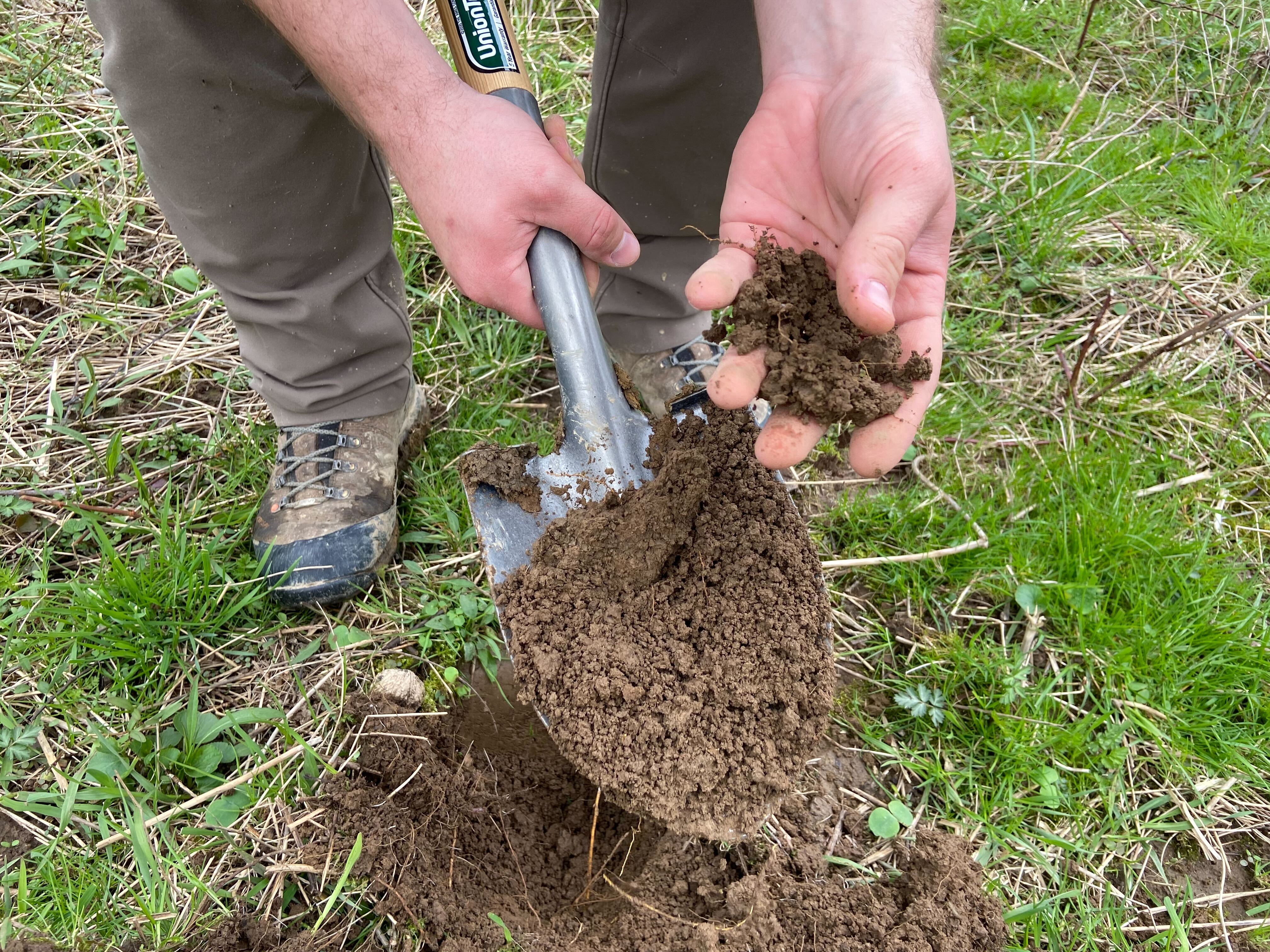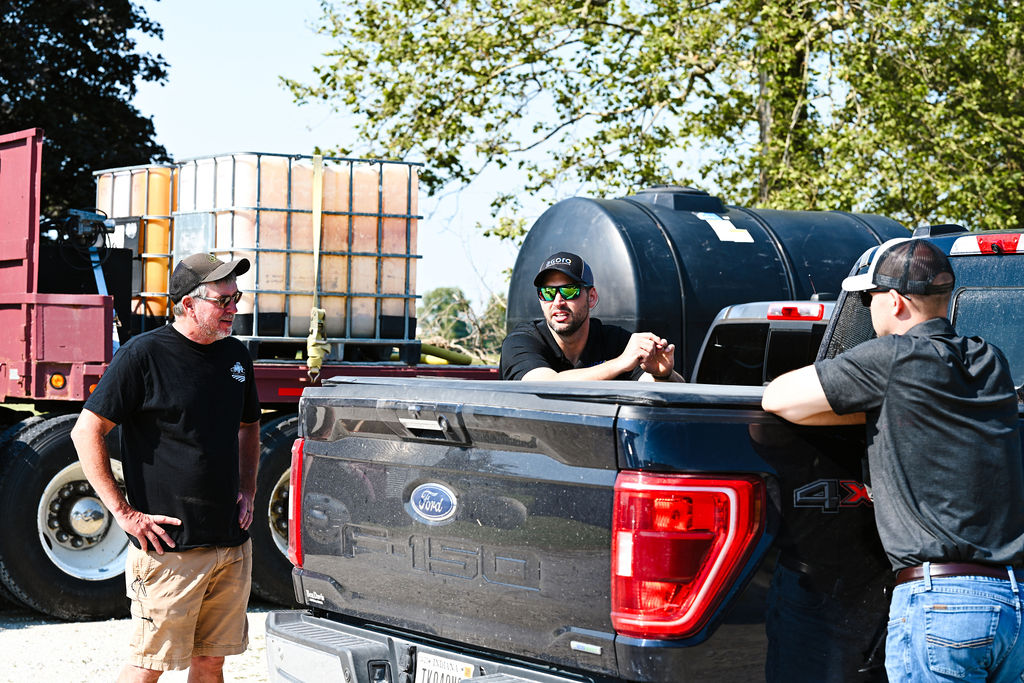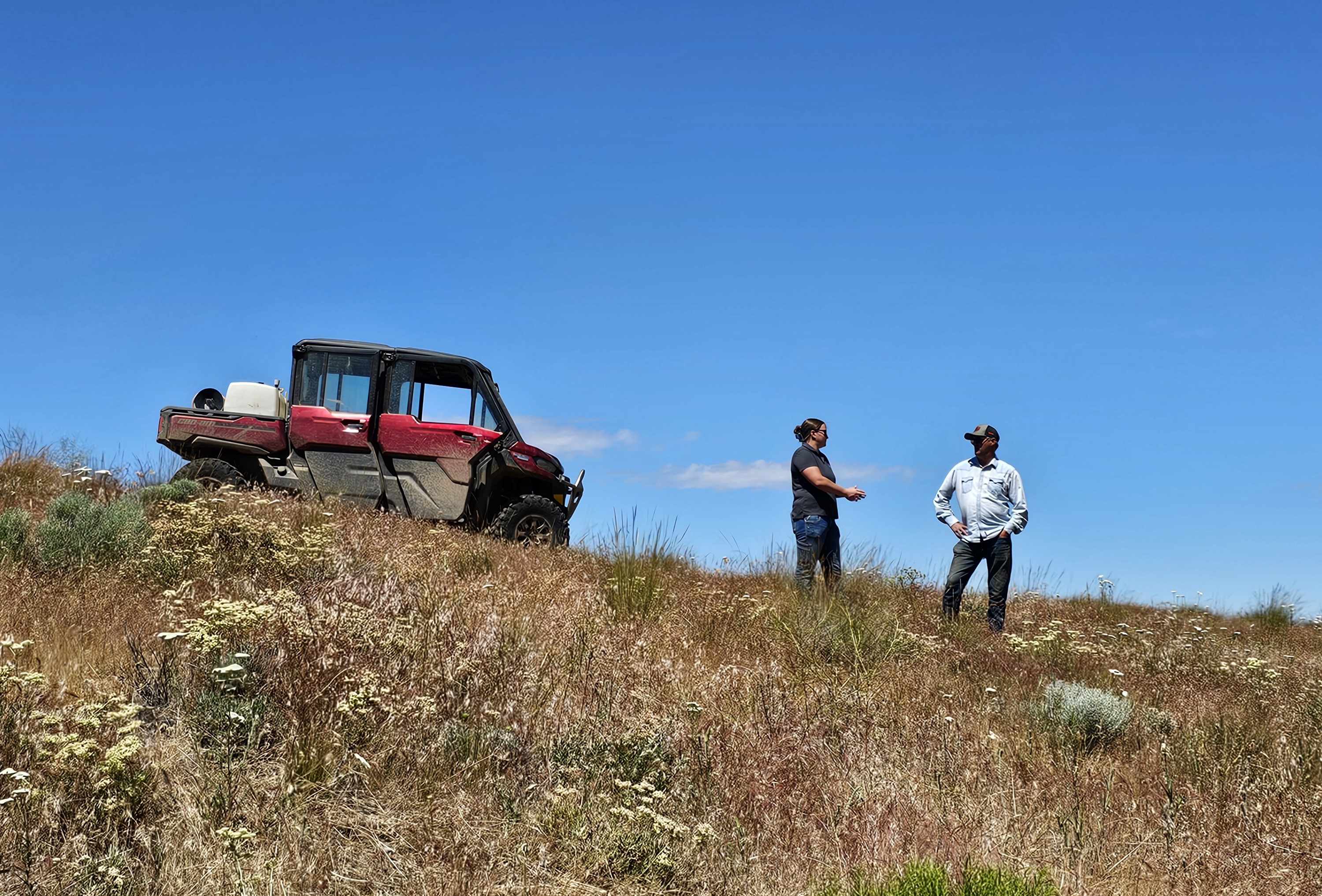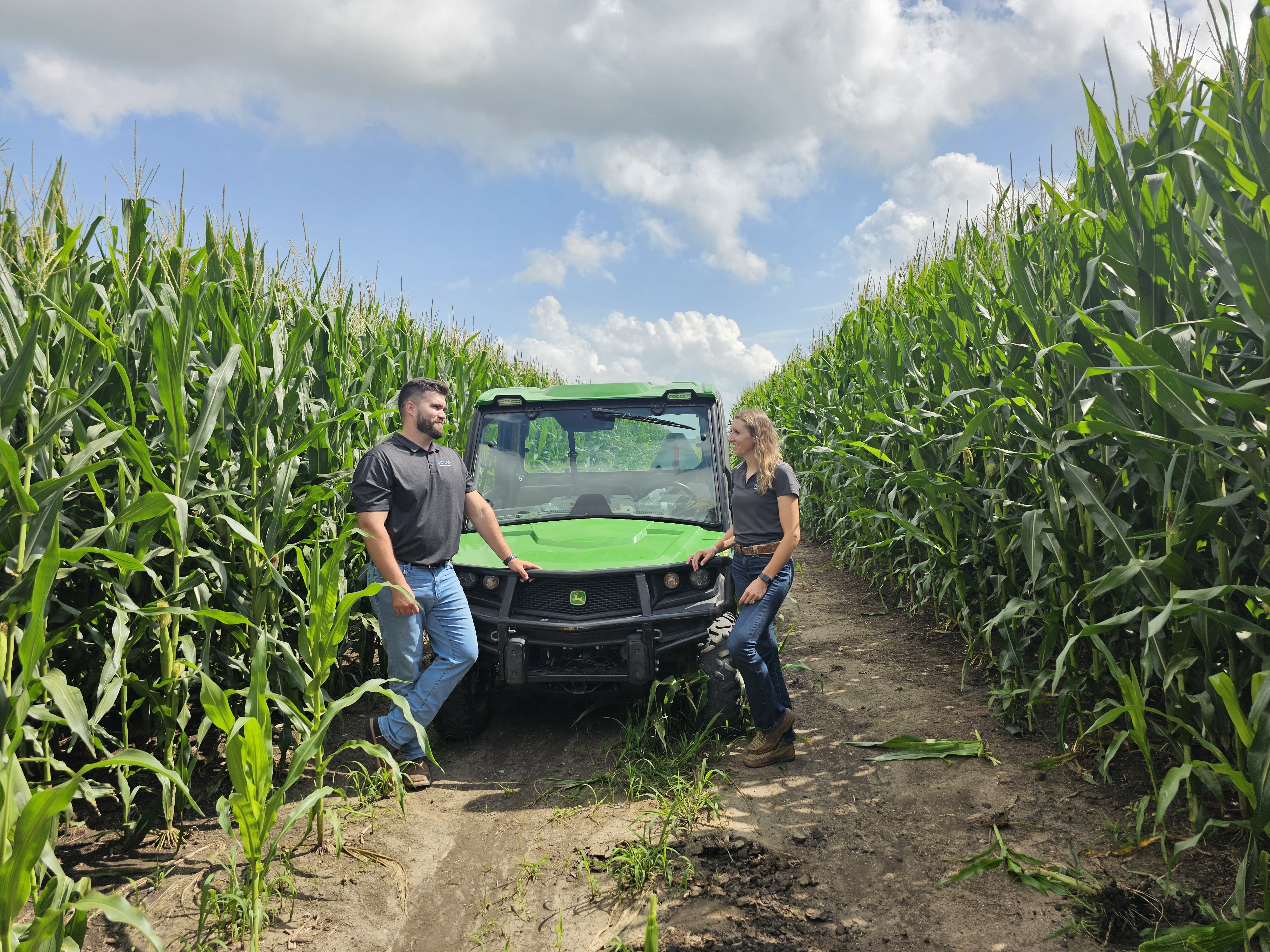Understanding Carbon Measurements: Soil Sampling #1
So you’ve got a grasp on carbon sequestration in the agriculture setting. Let’s discuss one of the first steps after deciding to enroll in our ag-based carbon program: soil sampling.
A reliable way to enhance the credibility of carbon sequestration claims and build farmer and rancher confidence is by using scientifically grounded methods that resonate with producers involved in carbon markets. Physical soil sampling, for example, is both scientifically robust and closely aligned with growers’ practical experiences.
Third-party soil sampling and soil analyses are used to measure carbon in the soil for farmers and ranchers involved in Agoro Carbon Alliance’s carbon program. A minimum of three times, soil samples are collected from producers’ land. Let’s dive into that initial soil sample.
The first soil sample taken is to analysis soil carbon levels. This is done shortly after the contract is signed. This first physical measurement in their fields is used to create a baseline measurement of where the levels of carbon are in their soils as they prepare to introduce new carbon farming practices in their operation. This resulting number, itself, is not a measurement of how “good” the producer’s historical practices or management have been, but rather a launching point to measure progress against in the future – also referred to as a baseline. Different soil types, geographies, and operation types will all naturally create a wide variety of carbon levels in soils.
A Test You Can’t Fail:
Unbiased, third-party soil sampling and analysis are important to the integrity of carbon capturing. Here’s what to expect:
The First Soil Sample:
Soil samples are taken from producers’ fields or pastures at least three times, with the first sampling conducted soon after the contract is signed. This initial sampling provides a baseline measurement of soil carbon levels, serving as a starting reference before any new carbon farming/ranching practices are implemented. This baseline value does not assess the effectiveness of the producer’s past practices; rather, it establishes a benchmark for tracking future progress. Variations in soil carbon levels are common due to differences in soil types, geographical locations, and types of operations.
Get to Know Your Baseline Results:
The baseline measurement does not judge the producer’s historical practices or management. Instead, it is a reference point for future progress assessment, helping gauge improvements over time. This set of data is yours and will be marked as your unique baseline or where you started from in your carbon capturing journey. The measurement results will share information about the producers Soil Organic Carbon (SOC) levels and Total SOC for all fields combined.
Results and SOC reports are typically offered 4-6 months after sampling. A Grower Success Agronomist will share results with each grower in a way that is conducive to them. When possible and preferred the first set results to be presented in person.




